advancing the mitigation of Climate Change and Global Warming through Geoengineering education and research
Geothermal Energy with Millimeter Wave or Direct Energy Drilling
What is Geothermal Energy?
Geothermal energy is heat from the Earth. This heat can be used to warm businesses and homes in the winter. It can also be used to produce steam that can drive turbines and produce electricity. Currently, only about 0.3% of the energy used in the world is from geothermal energy with the United States leading the world in the amount of geothermal electricity generation (only 0.4% as of 2021, see Figure 1).
In countries, such as Iceland, geothermal energy is readily accessible and is being used on a large scale to provide heat and power to the country.
In most places on the planet, however, geothermal energy is deep underground and currently inaccessible.
Millimeter Wave Drilling, a new technology that was invented by Dr. Paul Woskov, Senior Research Engineer, at the Massachusetts Institute of Technology’s Plasma Science and Fusion Center (https://www.psfc.mit.edu/) has the potential to not only provide almost limitless energy to our civilization, but also slow down and reverse Climate Change and Global Warming. This amazing technology is being developed by scientists and engineers at Quaise Energy (https://www.quaise.energy/). Quaise Energy is expeditiously working to make clean, carbon-free geothermal energy a viable and sustainable alternative to fossil fuels worldwide (see Quaise Energy’s video below).
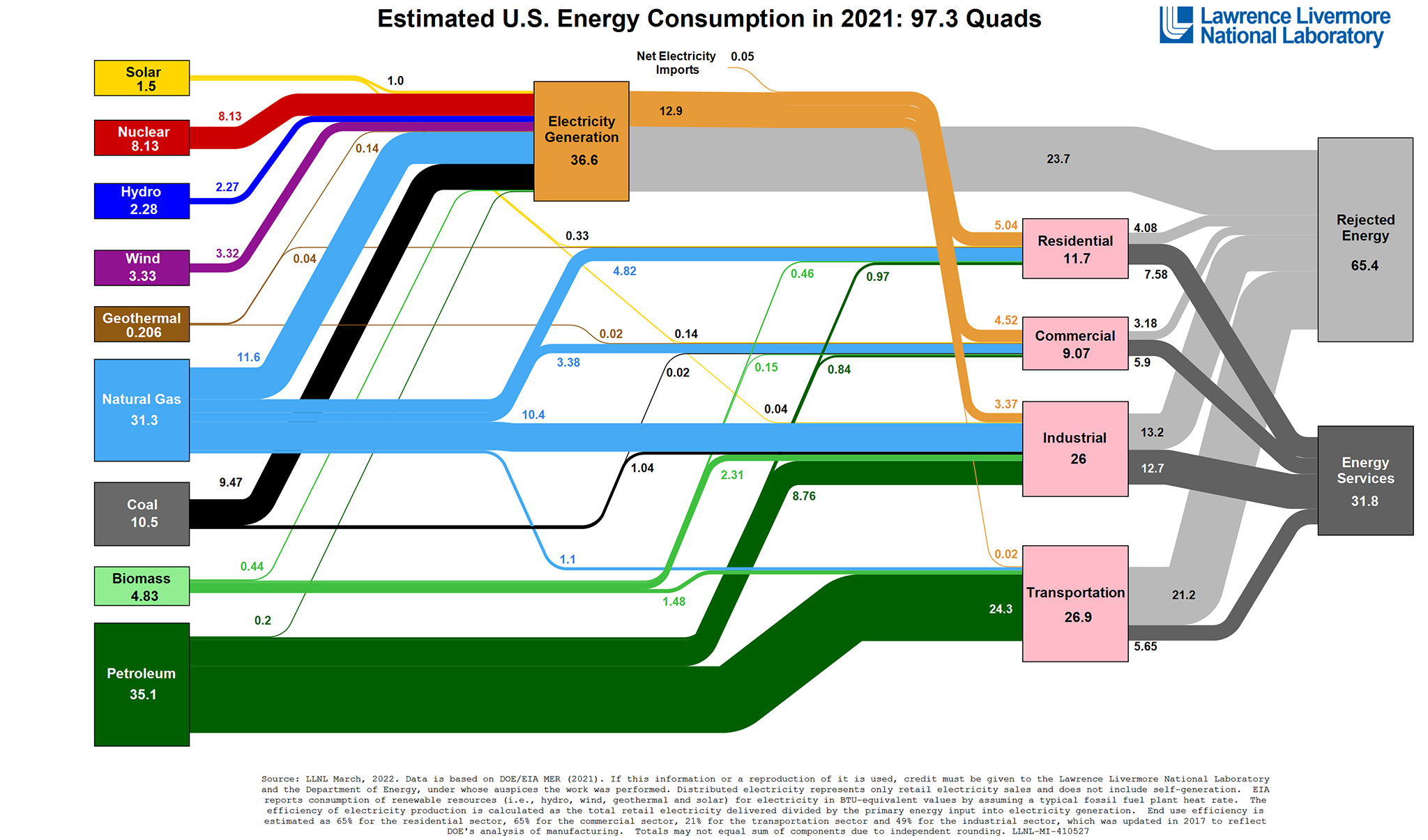
Figure 1. Energy production and consumption in the United States. Courtesy of Lawrence Livermore National Laboratory.
The Future of Clean Energy. Video Courtesy of Quaise Energy.
How does Geothermal Energy produce electricity?
Geothermal energy is produced from the radioactive decay of Uranium, Thorium and Potassium in the Earth’s core and mantle, and the heat that was generated when the Earth initially formed. This intense heat, that approaches the temperature of the Sun, radiates into the Earth’s crust where it becomes accessible to produce energy for our civilization.
Geothermal energy is converted into electricity through the power of steam. Water, which is heated in hot geothermal reservoirs or aquifers within the Earth’s crust, produces steam at the surface, which flows through and turns turbines that generate electricity. This steam, converts back into water which is then pumped back into the ground where it can be heated again and cycled through the turbines repeatedly to produce electricity for families and industry (see Figure 2).
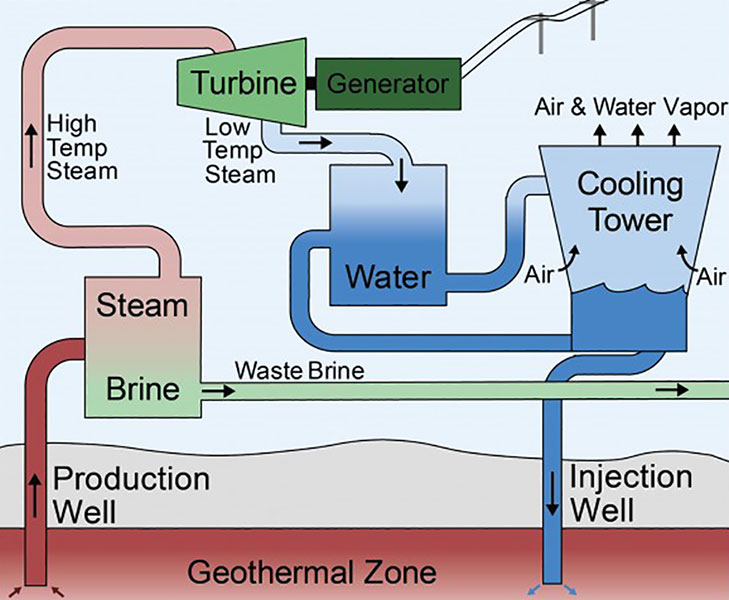
Figure 2. Generation of Geothermal Energy. Courtesy of the University of Michigan.


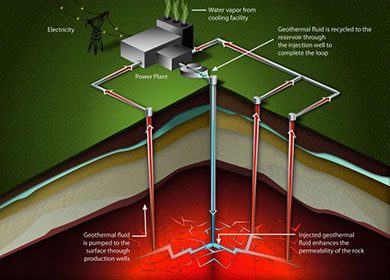
Why is Geothermal Energy not widely used?
To date, geothermal energy has only been available to a very small number of people on the planet. It has been restricted to areas where heated water, deep in the crust, naturally comes to the surface through cracks or fissures, such as in Iceland or other areas located at the junction of two tectonic plates.
Multiple countries, over decades, have tried to drill into the Earth’s crust to reach the mantle without success due to exceedingly hot temperatures in deep bore holes and extremely hard rock formations located under pressure deep underground. From 1961 to 1966, the United States’ Project Mohole tried to drill through the crust out in the Pacific Ocean off of the coast of Mexico. They were only able to reach a depth of 601 ft (183 m) in 11,700 ft (3,600 m) of water. Between 1970 and 1992, Russia’s Kola Superdeep Borehole Project (see Figure 3) reached a record depth of 40, 230 ft (12.2 km) but were only able to drill about a third of the way through the Earth’s crust. In 1990, Germany initiated the German Continental Deep Drilling Program in Bavaria to try to break Russia’s record but were only able to drill to a depth of 5.6 miles (9 km).
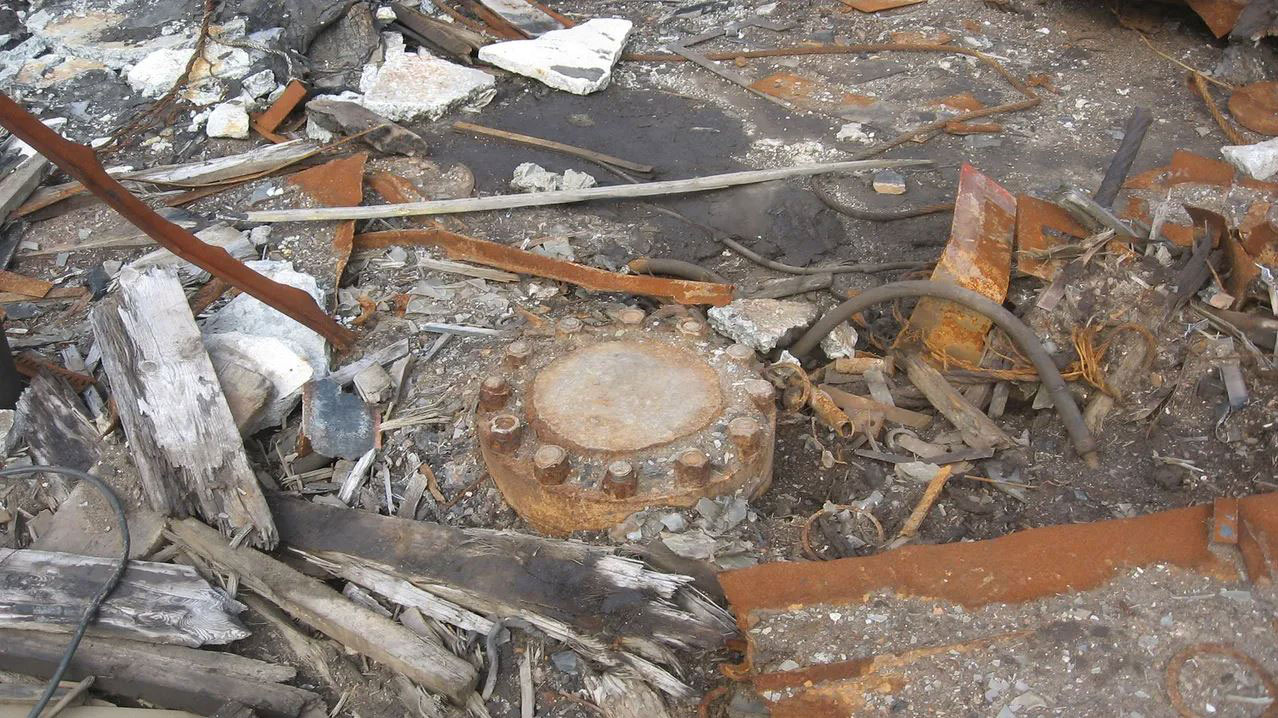
Figure 3. The USSR’s Kola Superdeep Borehole.
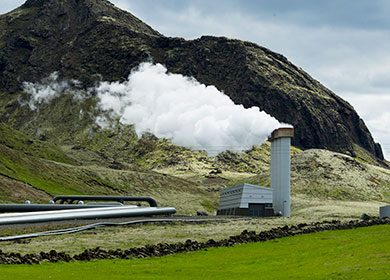
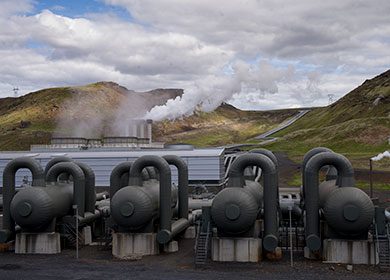
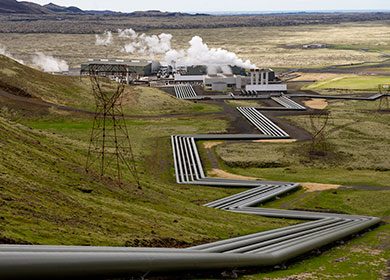
What is Millimeter Wave Drilling?
Millimeter Wave Drilling is a type of Direct Energy Drilling that was invented by Dr. Paul Woskov at the Massachusetts Institute of Technology’s Plasma Science and Fusion Center and is currently being developed by scientists and engineers at Quaise Energy. Millimeter Wave Drilling is an advanced drilling technology, and a byproduct of nuclear fusion research, that’s uses energy to drill through the Earth’s crust rather than conventional diamond-tipped metal mechanical drill bits. Millimeter Wave Drilling uses a continuous beam of energy waves between 30-300 gigahertz (millimeter waves) to melt, vaporize and bore through extremely hard and hot rock layers located deep in the Earth’s crust (Oglesby et al, 2014).
These millimeter waves are produced using a gyrotron (see Nusinovich et al., 2014. The gyrotron at 50: Historical overview). A gyrotron (see Figures 4 and 5), known as an electron cyclotron maser, is a type of electron or linear beam vacuum tube that generates electromagnetic waves in the millimeter wave part of the electromagnetic spectrum (see Figure 2 of https://geoengineering.global/solar-radiation-management/). Gyrotrons, which were developed in the USSR in 1964, are currently used in many industrial, scientific and military applications. Gyrotrons have been indispensable in research to develop limitless nuclear fusion energy. For an excellent introduction to nuclear fusion research, please see the Max Planck Institute for Plasmaphysics’ YouTube Video (The Wendelstein 7-X Fusion Research Facility, https://www.youtube.com/watch?v=51Hji5NfkdA) and CNBC’s YouTube Video on the ITER (The $22 Billion Megaproject to Make Nuclear Fusion Power a Reality, https://www.youtube.com/watch?v=eoZ9wGtruEU).
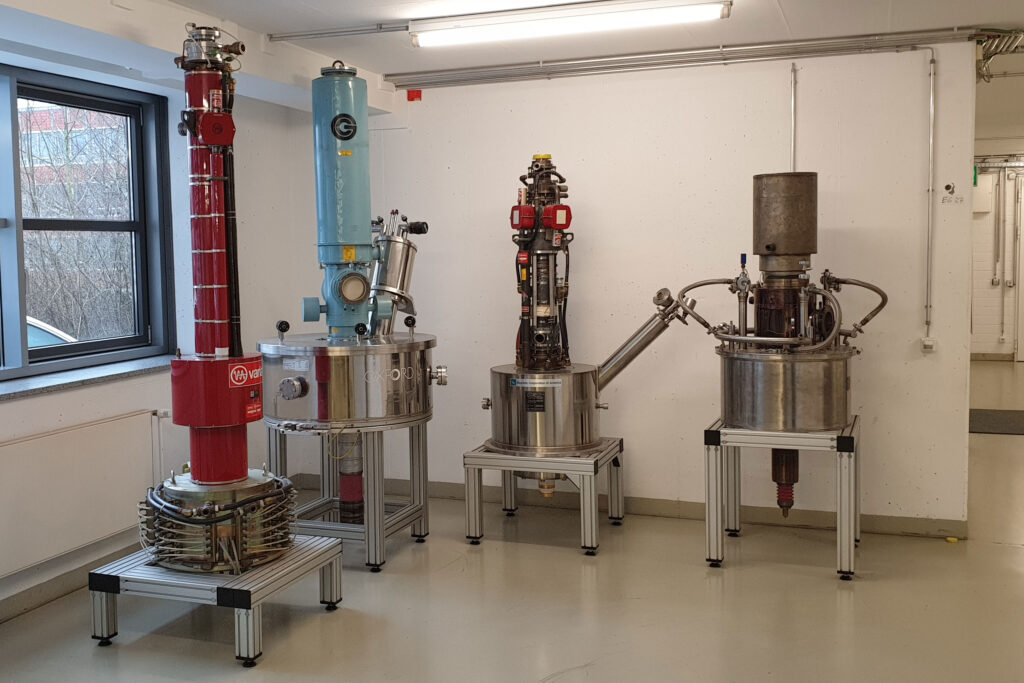
Figure 4. The Max Planck Institute of Plasma Physics’ retired gyrotron collection in Greifswald, Germany. From left to right: The Varian 28 GHz-200 kw-CW, GYCOM 140 GHz-700 kw-3 sec, Varian 60 GHz-200 kw pulsed, and GYCOM 140 GHz-500 kW-0.5 sec.
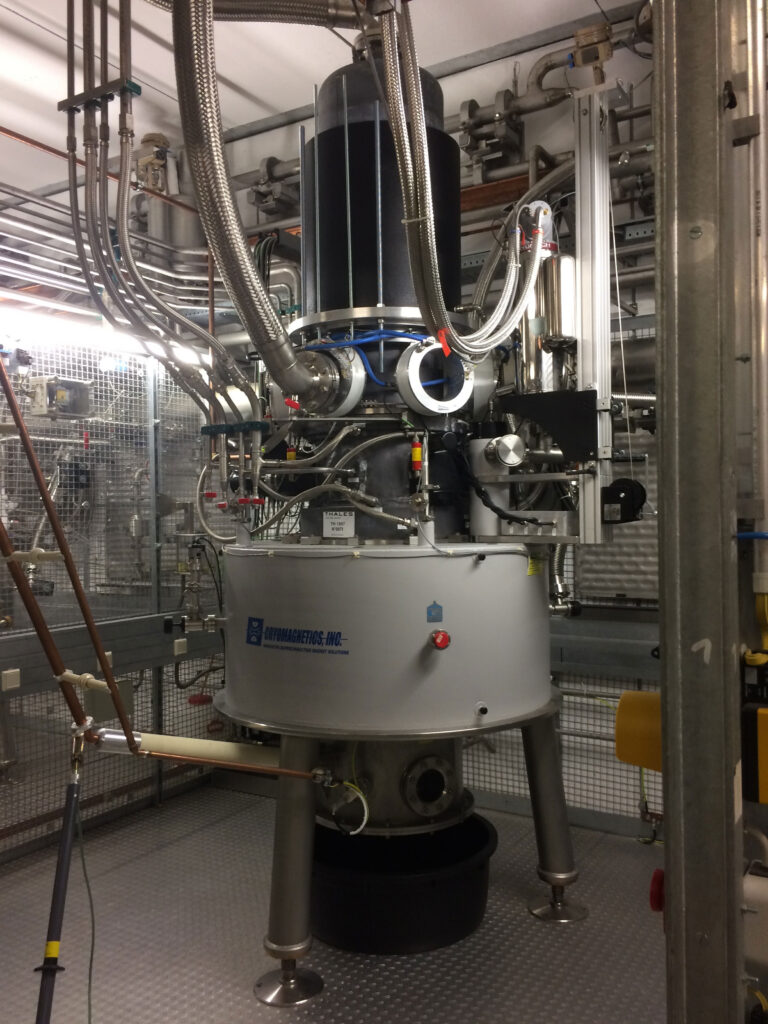
Figure 5. The gyrotron at the Max Planck Institute for Plasmaphysics’ Wendelstein 7-X Fusion Research Facility in Greifswald, Germany.
In this process of Millimeter Wave Drilling, millimeter waves are produced by a gyrotron and directed by an almost perfectly vertically-positioned waveguide (with the help of gravity) to direct these millimeter waves straight down through the Earth’s crust (see Figure 6). At the very bottom tip of the waveguide, millimeter waves melt and vaporize hot, dry (rock formations that don’t have oil or natural gas deposits) crystalline rock, a process called spallation, creating a smooth borehole. Due to the intense heat of the energy waves, the sides or lining of the borehole are totally melted and solidified into a glass-like layer (a vitrified wall) creating a completely sealed borehole that is isolated from the rock layers that surround it. To remove the melted and vaporized rock from the bottom of the borehole, argon gas, which is a noble gas that is stable under extremely high pressures and temperatures, is pumped down through the waveguide under high pressure. This argon gas, that has traveled down the waveguide to the region of rock melting and vaporization, picks up aerosol rock particles and carries them on the outside of the waveguide, up the borehole (12 to 20 km), and to the surface.

Figure 6. Quaise Energy’s Millimeter Wave Drilling System. Courtesy of Quaise Energy.

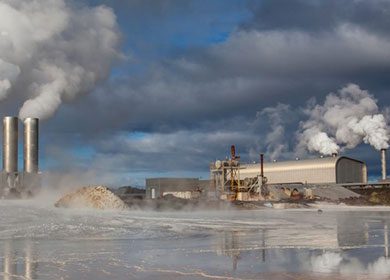
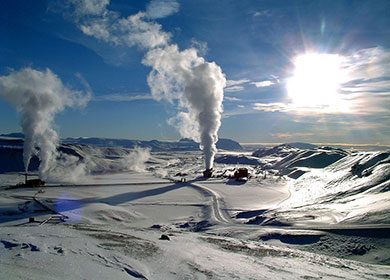
How can Quaise Energy use Millimeter Wave Electromagnetic Drilling to transition our civilization to Geothermal Energy?
Quaise Energy’s plan is to use their Millimeter Wave Drilling technology to drill deeper and faster than anyone (or country) has ever drilled before in order to access extremely hot (500-degree Celsius) geothermal reservoirs (rock layers). Quaise Energy estimates that they will be able to drill 12 to 20 kilometer-deep boreholes in about a few months (as compared to Russia’s Kola Superdeep Borehole Project that drilled to a 12 km depth over a period of 22 years). Quaise Energy is planning to adapt existing drilling equipment and technology to support their Millimeter Wave Drilling platforms. In addition, they are also planning to drill these ultra-deep boreholes at existing fossil fuel-based (e.g., coal, natural gas, etc.) power plants in order to efficiently and cost-effectively use existing infrastructure (e.g., power plant generators, cooling towers, buildings, transmission lines, etc.) and power plant personnel to generate clean, renewable, and almost limitless baseload geothermal energy almost anywhere in the world (see PBS News Hour’s YouTube Video below). Scientists estimate that these geothermal power plants could produce terawatts of clean energy for up to 100 years.
Why is geothermal energy being viewed as a viable alternative to fossil fuels. Video Courtesy of PBS News Hour.
Could Geothermal Energy, produced by Millimeter Wave Drilling, solve Climate Change and Global Warming?
If successfully implemented, Millimeter Wave Drilling combined with Direct Air Capture (see https://geoengineering.global/direct-air-capture/) has an excellent potential to mitigate and reverse Climate Change and Global Warming.
Quaise Energy’s plan to replace fossil fuel-based electrical power plants with geothermal energy-based power plants using Millimeter Wave Drilling will produce large quantities of very low-carbon energy. This geothermal energy will help mitigate Climate Change and Global Warming by supplying our civilization with low-carbon energy and greatly reducing the amount of carbon dioxide entering the atmosphere.
In turn, large amounts of geothermal-based low carbon energy would be available to remove carbon dioxide out of the atmosphere through Direct Air Capture processes. This is extremely significant because Direct Air Capture consumes large amounts of energy. Lastly, but importantly, Millimeter Wave Drilling will allow for the creation of inexpensive deep underground carbon storage reservoirs that can sequester carbon for thousands of years.

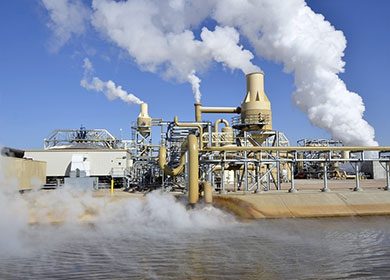
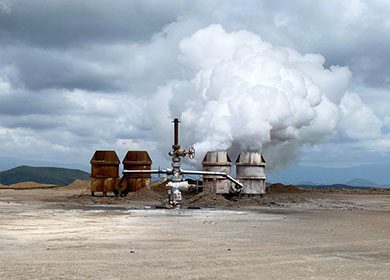
References
Oglesby, K., Woskov, P., Einstein, H. and Livesay, B., 2014. Deep geothermal drilling using millimeter wave technology (final technical research report) (No. DE-EE0005504Final). Impact Technologies LLC, Tulsa, OK (United States).
- Nusinovich, G.S., Thumm, M.K. and Petelin, M.I., 2014. The gyrotron at 50: Historical overview. Journal of Infrared, Millimeter, and Terahertz Waves, 35(4), pp.325-381.